Increasing efficiency in rangeland-based livestock value chains through machine learning and digital technologies |
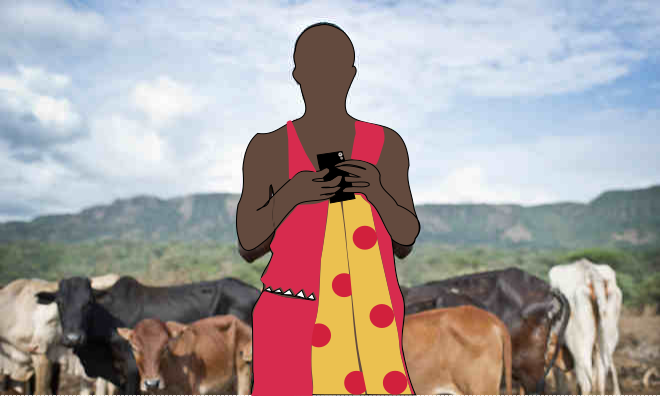 |
About
Rangeland-based livestock production is a major land use system that contributes between 15 and 60 percent of the agricultural GDP in eastern and southern African countries. The growth of rangeland vegetation is highly variable in space and time, occurring in temporary patches.
Knowledge of rangelands is crucial to their management and strategic use of resources. Local communities have developed strategies that are grounded in cultural practices, stories, ethics, and norms specific to their area. These strategies also require access to up-to-date information on heterogenous and seasonal resource availability.
More
Aims
InfoRange‘s goal is to improving rangeland use and governance and increasing resource-use and production efficiency in rangeland-based livestock production through digital and ICT applications/services that permit user-generated information acquisition and transmission.
More
Objectives
More
Approach
Perceptions of rangelands vary widely, depending on the value we place on what we see, and what is worth knowing, sharing, and protecting. Furthermore, the discipline, scale, and methods of data collection and analysis change what is seen. To address the needs of pastoral communities, their values, needs, and requests must be integrated into the research process.
Project partners:
 |
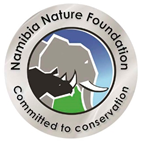 |
 |
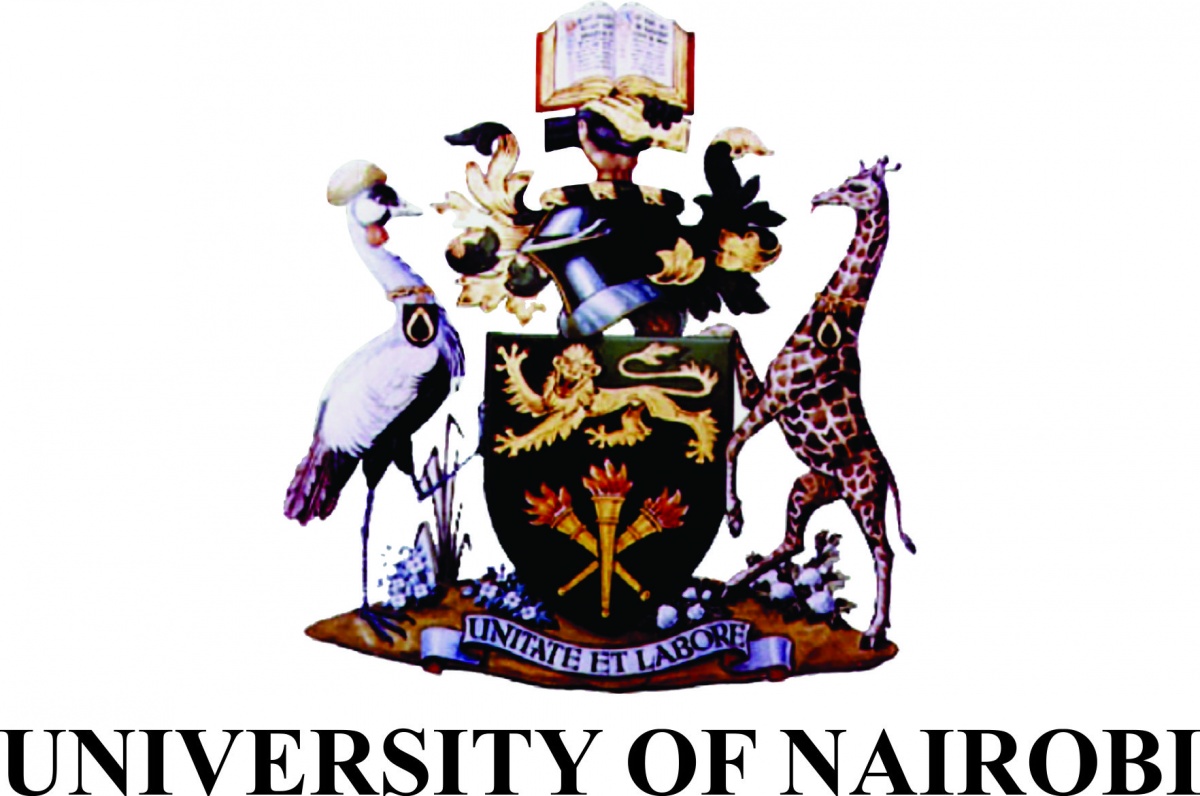 |
 |
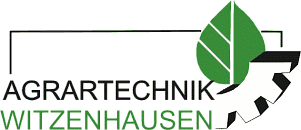 |
 |
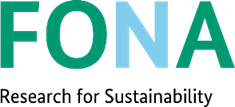 |
Sustainable Land Management in Sub-Sahara Africa: Improving livelihoods through local research:
https://sustainable-landmanagement-africa.net/project/inforange
Coordinated by: DITSL - German Institute for Tropical and Subtropical Agriculture
Compwiz Creations: https://compwiz.io/
Department of Agricultural and Biosystems Engineering of the University of Kassel (UK): https://www.uni-kassel.de/
Center for Research and Development in Drylands (CRDD): https://www.crdd-kenya.org/
Namibia Nature Foundation: https://www.nnf.org.na/
University of Nairobi: https://www.uonbi.ac.ke/
Namibia University of Science and Technology: https://www.nust.na/

